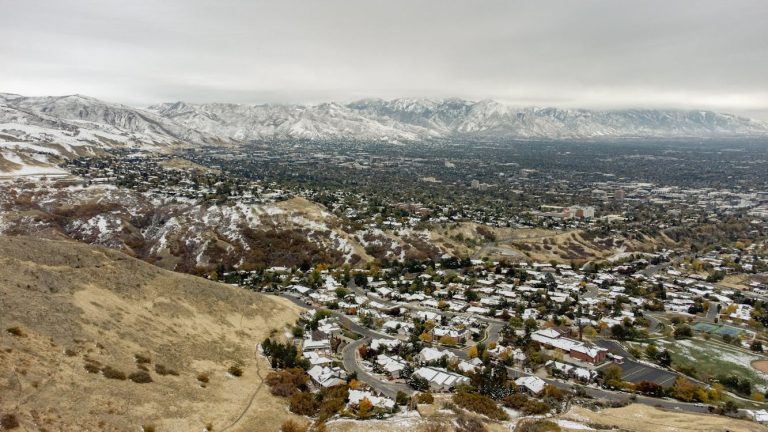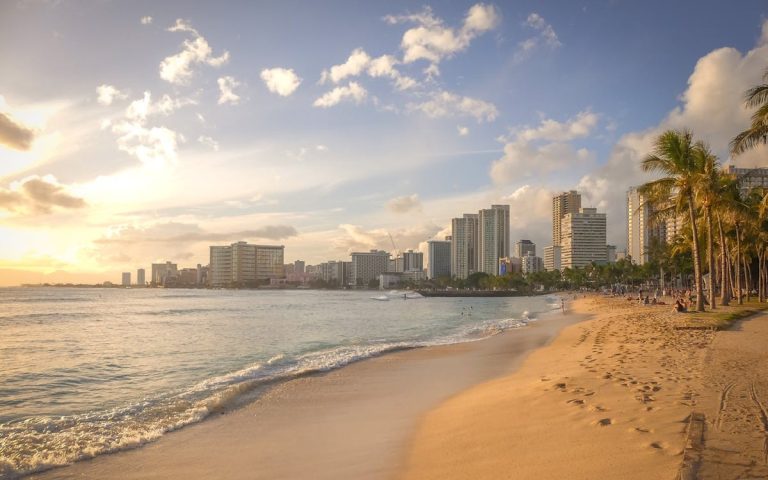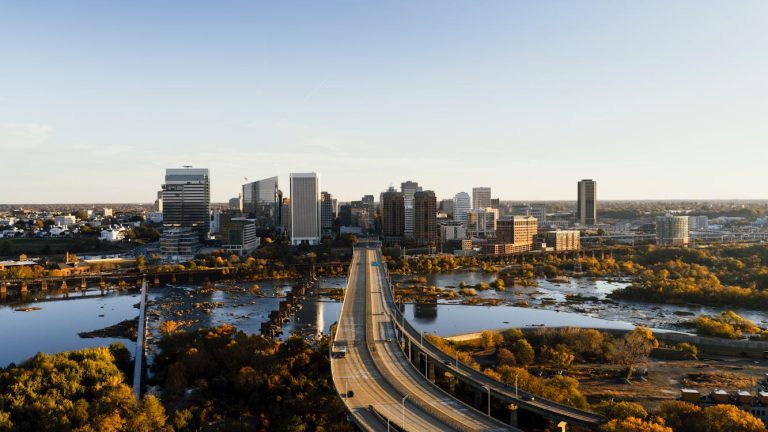Celebrating Black Heritage: U.S. Destinations With Rich Musical History

When you trace the story of American music, you find the roots firmly planted in Black history. Every rhythm, lyric, and sound carries stories of resilience, community, and creativity. You can feel it in the streets of cities where gospel met soul, blues met rock, and hip-hop found its voice. Visiting these places isn’t just about hearing music; it’s about experiencing living history. Each stop offers a deeper look into how generations of Black artists transformed local sounds into a global movement that still inspires today.
1. Memphis, Tennessee – Home of the Blues
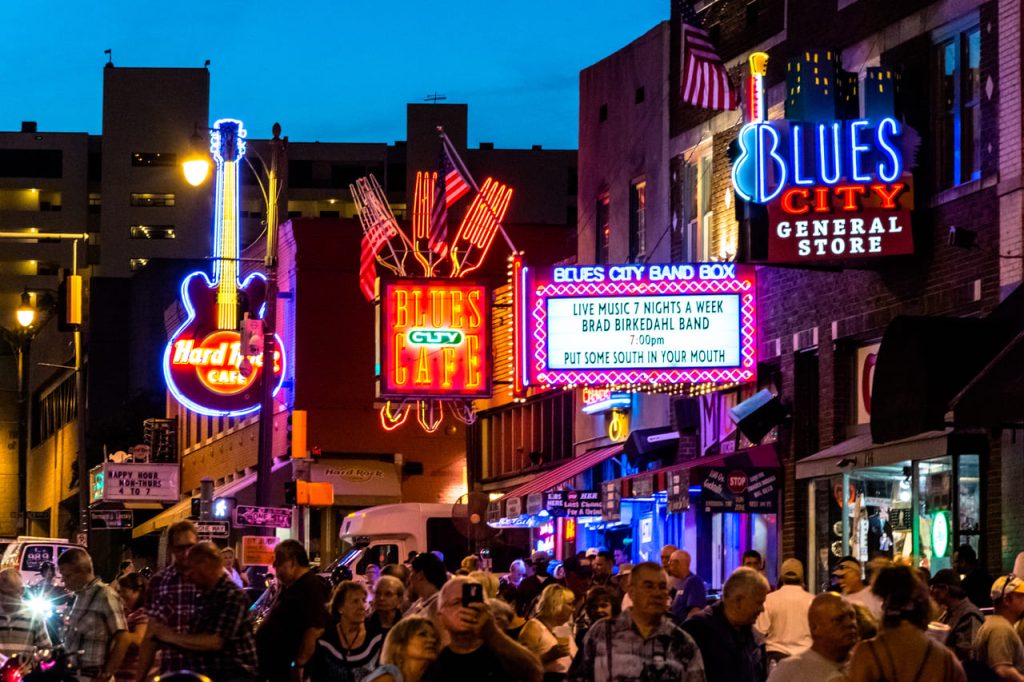
You can’t talk about Black musical history without Memphis. It’s where blues legends like B.B. King and Howlin’ Wolf shaped the city’s soul. On Beale Street, every corner still hums with live performances that echo decades of sound and struggle. Stax Museum of American Soul Music tells the story of artists who turned rhythm into revolution. When you walk through Sun Studio or hear street performers playing on a humid evening, you’re reminded that Memphis didn’t just create a sound; it created a movement that defined American identity
2. New Orleans, Louisiana – Birthplace of Jazz
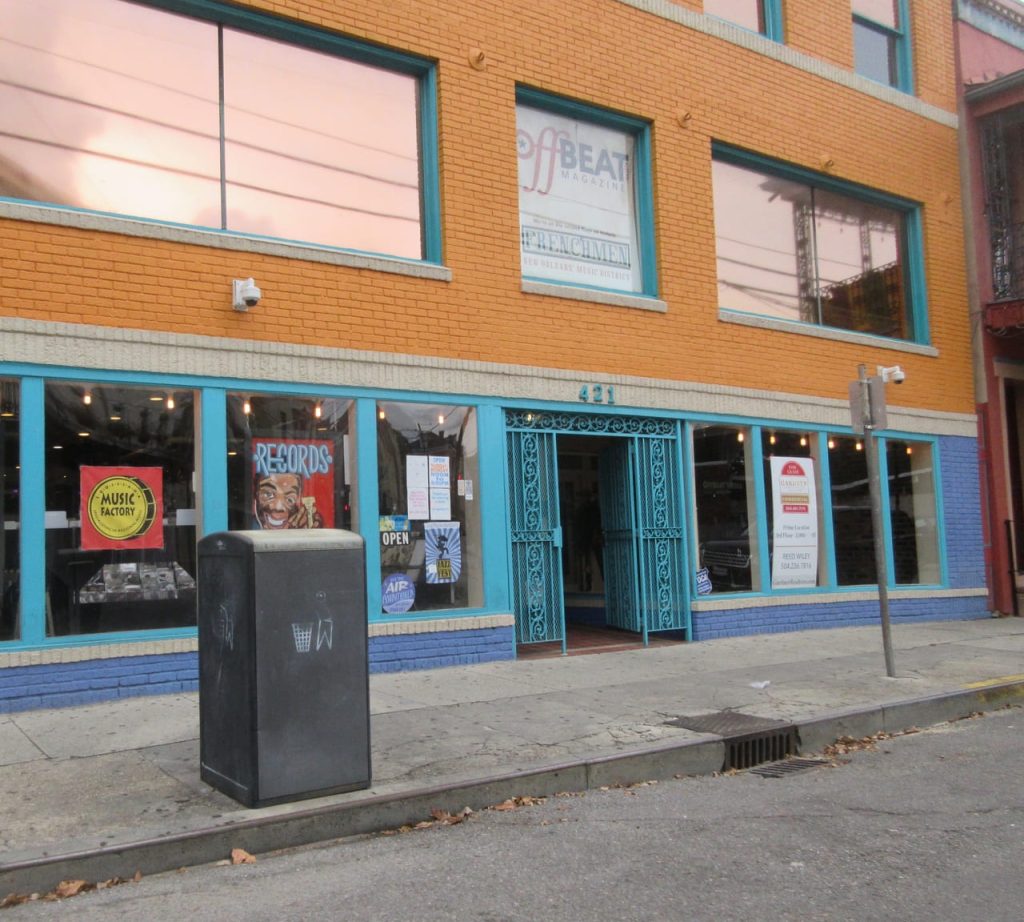
In New Orleans, music spills from open doors, second lines parade through the streets, and jazz is more than a genre; it’s life. You can visit the Treme neighborhood, one of the oldest African American communities in the U.S., where brass bands still carry the sound of freedom. Preservation Hall keeps the city’s traditions alive, offering raw, soulful performances that stay with you. Whether you’re listening to a trumpet solo in the French Quarter or gospel harmonies in a church, you’re hearing the roots of modern music take shape.
3. Detroit, Michigan – Motown’s Legacy

Detroit gave the world the Motown sound, blending pop and soul in a way that broke barriers and united audiences. You can step inside Hitsville U.S.A., the modest house where Berry Gordy launched legends like Stevie Wonder, Diana Ross, and Marvin Gaye. Every display and photo brings back the sound of vinyl, recording sessions, and ambition. Detroit’s story is one of creativity meeting courage, showing how Black artists reshaped American pop music while building bridges during one of the country’s most divided times.
4. Atlanta, Georgia – Modern Hip-Hop Powerhouse

Atlanta’s influence on modern Black music can’t be overstated. From Outkast to Usher to today’s chart-topping rappers, the city continues to define what’s next. You can feel its energy in studios, nightclubs, and murals celebrating Black excellence. The Atlanta University Center community helped spark creativity long before fame came calling. When you explore the neighborhoods that raised artists who now headline festivals, you see how Atlanta blends old-school storytelling with a future-forward beat that still speaks for a generation.
5. Chicago, Illinois – The Heart of Gospel and Soul

Chicago is where gospel met modern sound and found its power. You can trace its roots to churches on the South Side, where Mahalia Jackson’s voice filled pews and inspired generations. The city’s sound evolved into soul, paving the way for artists like Curtis Mayfield and Chaka Khan. The Chicago Blues Festival still honors this heritage every year, bringing together musicians from across the world. When you visit, you don’t just hear music you feel a deep connection between faith, freedom, and community that shaped an entire genre.
6. Harlem, New York – Where Culture Became Revolution
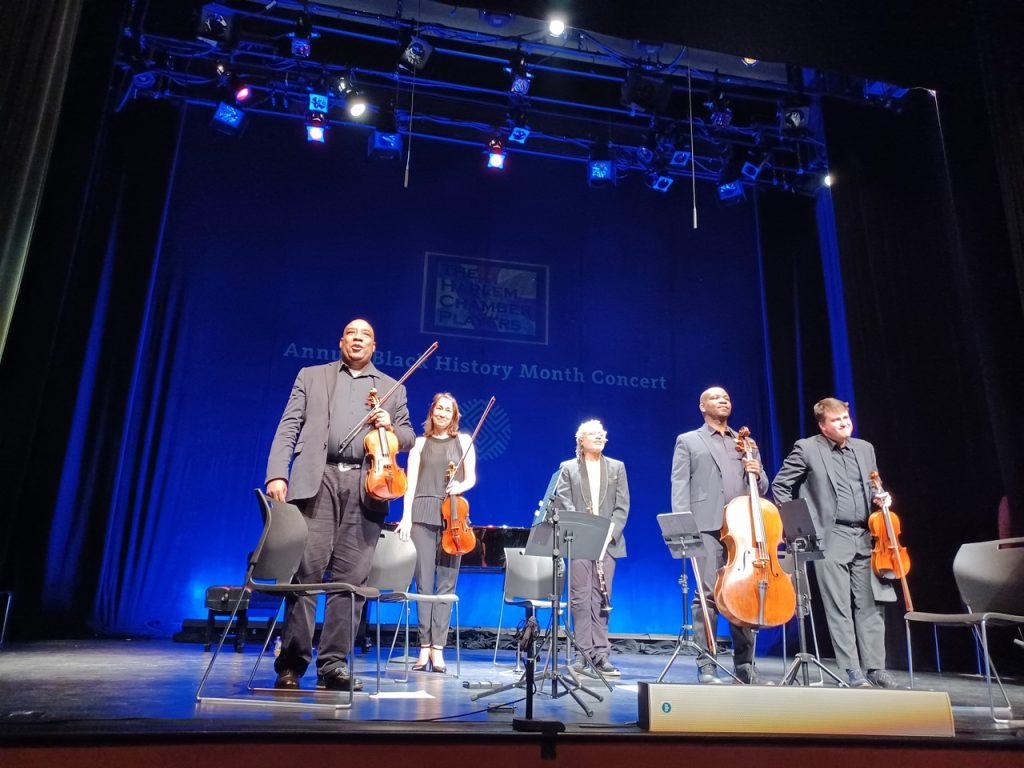
Harlem remains one of the most important cultural centers in Black history. During the Harlem Renaissance, its clubs, churches, and theaters became stages for voices that changed the nation. You can walk through the Apollo Theater, where legends like Ella Fitzgerald and James Brown first performed, or visit the National Jazz Museum to see how Harlem influenced every major genre. The rhythm of this neighborhood tells a story of pride and progress, where art and activism met to create a sound that continues to inspire music worldwide.

